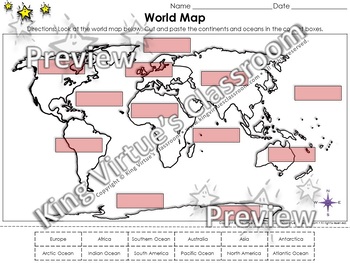
In essence, it is the implementation of ideas related to the principles of map overlay or The idea behind a co-location map is the extension of the unique value map concept to a multivariateĬontext. These functions are mostly standard and self-explanatory, except for the base map, Refresh the image (in case something went wrong)
#Cartographica copy between maps full
Pan, implements panning by dragging the map in any given direction with the pointerįull Extent, returns the map to its default full extentīase Map, allows the map to be superimposed onto a base layer that contains roads and Zoom Out, zooms out of the map by repeatedly clicking on the map Zoom In, zooms in on the map by drawing a rectangle for the new map extent Map Layer Settings, multiple map layer interface, discussed in Data Wrangling (2) Invert Select, switches to the complement of the current selection (same functionalityĪdd Map Layer, add another layer to the map window, discussed in Data Wrangling (2) When using a selection shape (the default is a rectangle) this is the default operationĪnd works in the same fashion as selection on any graph in GeoDa Select, to select one or more (using shift click) observations, or an observation region

As we see from the table, there are seven such observations.Īny time there are ties in the ranking of observations that align with the values for the breakpoints, the classification in a quantile map will be problematic and result in categories with an unequal number of observations.įrom left to right, the icons allow the following actions: As a result, even though the value of the first quartile is given as 1000 in the map legend, only those observations with rents less than 1000 are included in the first quartile category. To deal with these ties, GeoDa moves all the observations with a value of 1000 to the second category. Other than an arbitrary assignment, there is no way to classify observations with a rent of 1000 in either category 1 or category 2. But in a map, the observations are locations that need to be assigned to a group (with a separate color). In a non-spatial analysis, this is not an issue, the first quartile value is given as 1000. The cut-offįor the first quartile is at 14, highlighted in yellow in the graph. We see that observations starting in row 8 up to row 21 all have a value of 1000. Ignoring the zero entries for now (those are a potential problem in their own right), TheĬo-location Map is an extension of this principle to multiple categorical variables.įinally, Custom Breaks allows for the use of customized classifications by means The Unique Values Map does not involve a classification algorithm, since it uses the integer values of a categorical variable itself as the map categories. Specialized classifications that are designed to bring outĮxtreme values include the Percentile Map, Box Map (with two options for the hinge), and the Standard Deviation Map. All the other options have pre-specified settings.Ĭommon map classifications include the Quantile Map, Natural Breaks Map, andĮqual Intervals Map.


Among the other map types, there are four where an additional choice is required (the right pointing arrow) consisting of the number of intervals to be specified (choose the numberįrom a drop down list). We ignore the Rates-Calculated Maps item for now, which will be considered in the next Chapter. However, any map can be saved as an image file for further manipulation in specialized graphics software. As a result, maps in GeoDa do not have some standard cartographic features, such as a directional arrow, or a scale bar. Of dynamic graphics, to interact with the data as part of the exploration process. The main objective is to use the maps as part of a framework We close with a review of some special approaches to geovisualization, i.e., conditional maps, the cartogram and map animation.Įven though there is substantial mapping functionality in GeoDa, it is worth noting that it is (unique value maps), and their extension to multiple categories in the form We also illustrate maps for categorical variables

We next focus on different statistical maps, in particular maps that are designed to We start with a review of common thematic map classifications and the way these are implemented in GeoDa. In this Chapter, we will explore a range of mapping and geovisualization options.


 0 kommentar(er)
0 kommentar(er)
